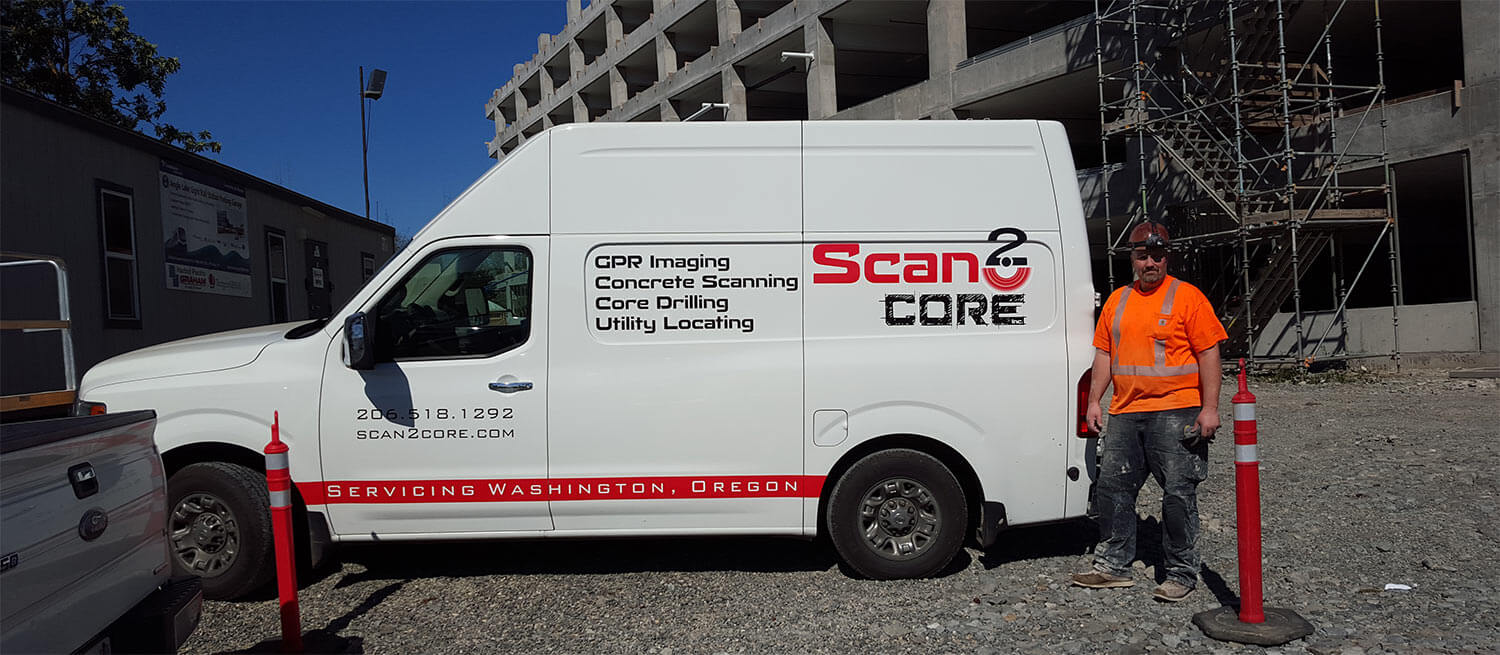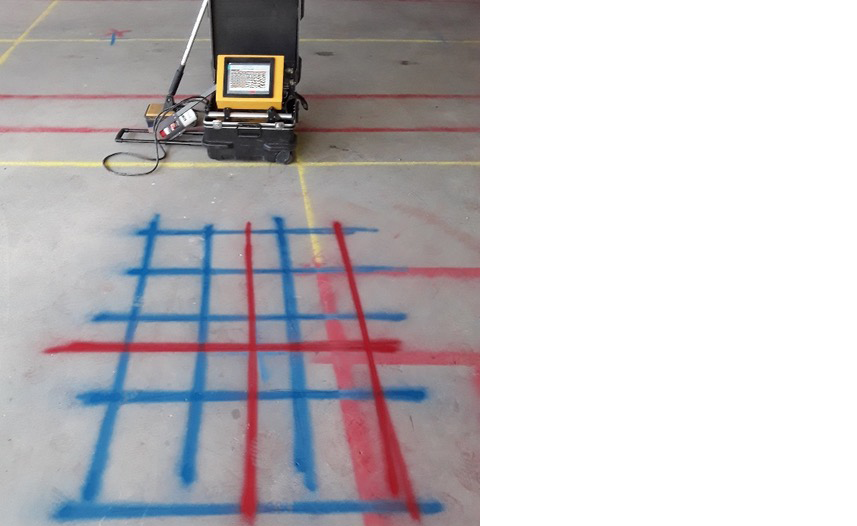Concrete Scanning and Imaging: Cutting-Edge Technology
Wiki Article
Past the Surface area: Unwinding the Tricks of GPR Scanning for Concrete Applications
Are you all set to dive deeper into the world of GPR scanning for concrete applications? Discover the essentials of GPR scanning, find out how it works, and discover ideal methods for conducting scans on concrete surfaces.The Essentials of GPR Scanning for Concrete Applications
GPR scanning is frequently utilized to analyze the condition of concrete structures. You can conveniently untangle the secrets that exist under the surface of the concrete when you utilize GPR scanning. It gives you with beneficial information regarding the internal framework of the concrete and aids you determine any kind of potential issues or problems.With GPR scanning, you can promptly and non-destructively figure out the thickness of the concrete piece and locate any voids or delaminations within it - Concrete Scanning and Imaging. This details is important for evaluating the structural honesty of the concrete and preparing any type of required repairs or upkeep
In addition, GPR scanning allows you to discover the presence of enhancing steel bars, additionally understood as rebar, within the concrete. This is crucial for examining the strength and resilience of the structure, as well as for ensuring correct construction practices were followed.
Additionally, GPR scanning can find the visibility of moisture or water infiltration within the concrete. This is particularly important as wetness can bring about corrosion of the reinforcing steel, which can endanger the structural stability of the concrete with time.

Understanding the Innovation Behind GPR Scanning
To comprehend exactly how it functions, you need to comprehend the innovation behind GPR scanning. Ground Passing Through Radar (GPR) is a non-destructive testing technique that makes use of electro-magnetic waves to identify subsurface items and attributes. It includes three main components: a control device, an antenna, and a display screen unit. The control device sends out high-frequency radio waves right into the ground with the antenna. These waves then bounce back when they come across modifications in the subsurface materials. The antenna obtains the reflected waves and sends out the information back to the control unit. The control device processes this data and presents it on the screen of the display system.GPR scanning operates on the principle of time travel. The control unit gauges the time it takes for the waves to take a trip to the subsurface and get better. By analyzing the moment and strength of the reflected waves, GPR can determine the depth and location of things within the concrete. Various materials have special electromagnetic homes, which affect the method the waves are shown. This enables GPR to compare concrete, rebar, voids, and various other subsurface features.
Finest Practices for Performing GPR Checking on Concrete

Analyzing GPR Scanning Results for Concrete Applications
As soon as you have actually conducted the GPR scans on the concrete, it's time to examine and analyze the outcomes to get valuable understandings. The interpretation of GPR scanning results is a crucial step in understanding the condition of the concrete and identifying any type of prospective issues.Along with recognizing issues, the analysis of GPR outcomes can additionally help figure out the thickness and structure of various concrete layers. By evaluating the representations and diffractions in the GPR information, you can approximate the depth and thickness of numerous layers, such as the concrete cover, support, or any other embedded aspects. This info is essential for examining the structural integrity of the concrete and preparing any needed fixing or upkeep work.

Advanced Techniques for GPR Scanning in Concrete Analysis
By utilizing innovative strategies, you can improve the precision and resolution of GPR scans for analyzing concrete frameworks. One such strategy is called multi-frequency GPR scanning. This involves using GPR systems that can operate at multiple frequencies all at once. By doing so, you can get more thorough details regarding the concrete's inner structure. An additional technique is referred to as time-lapse GPR scanning. This includes taking several scans of the exact same location at different times and comparing the outcomes. By doing this, you can track any type of adjustments or wear and tear in the concrete in time. Additionally, making use of ground-coupled antennas can improve the top quality of GPR scans. These antennas are positioned in straight contact with the ground surface, permitting better signal infiltration and resolution. Finally, incorporating advanced data handling formulas can also boost the accuracy of GPR scans. These formulas can filter out sound and improve the exposure of subsurface features. On the whole, by using these sophisticated strategies, you can greatly enhance the effectiveness of GPR scanning in examining concrete structures.Final Thought
So there you have it - the secrets of GPR scanning for concrete applications have been untangled. Since you comprehend the essentials of this innovation and how it functions, you can confidently conduct GPR scanning on concrete structures. Keep in mind to comply with finest techniques and translate the outcomes precisely to make sure exact evaluation. And if you're really feeling daring, don't hesitate to check out sophisticated techniques in GPR scanning. With this expertise, you'll be able to dig beyond the surface and discover the concealed tricks of concrete structures.Discover the essentials of GPR scanning, discover just how it functions, and discover ideal techniques for carrying out scans on concrete surfaces. When you use GPR scanning, you can easily decipher the tricks that exist my sources under the surface of the concrete. The interpretation of GPR scanning results is a vital step in recognizing the problem of the concrete and recognizing any kind of potential concerns. Generally, by making use of these advanced strategies, you click over here now can greatly boost the efficiency of GPR scanning in evaluating concrete structures.
Now that you recognize the fundamentals of this modern technology and just how it functions, you can with confidence carry out GPR scanning on concrete frameworks.
Report this wiki page